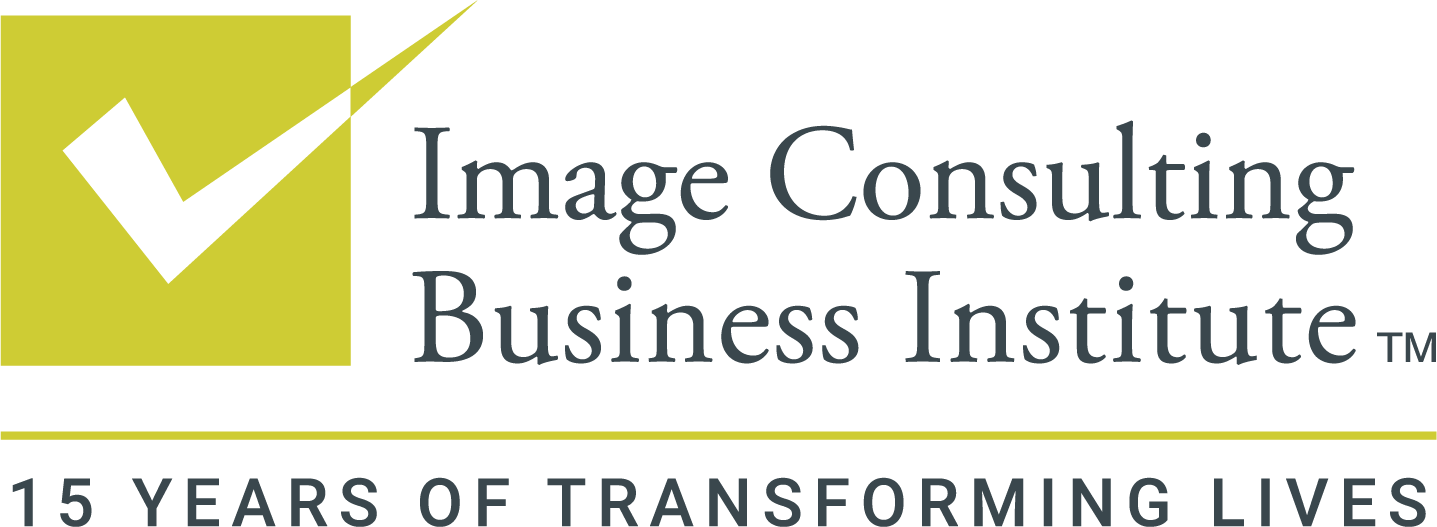Image management is a crucial aspect of any successful individual. It involves the deliberate and strategic communication of your image to create a positive perception in the minds of others. The elements of image management are key components that contribute to building and maintaining a favourable reputation. They encompass various factors, including visual representation, communication style, branding, and reputation management.
With the increasing prevalence of social media and digital platforms, it has become more important than ever to carefully curate your image across all channels. A well-managed image can increase trust, credibility, and influence – all critical for achieving personal and professional success. This article will explore the key elements – ABCs – involved in effective image management strategies.
Elements of Image Management
The importance of maintaining a professional image and the elements of image management go beyond looking good. It’s more about feeling good and presenting yourself in a good manner. Today, we’ll look at the ABCs of image management – Appearance, Behaviour, and Communication and delve deeper into each aspect of professional image.
Before we begin, you need to remember that enhancing your image is a collective effort linked to enhancing all three elements of image management. So, when you improve all three of them, you can present the best image of yourself.
1. Appearance

Did you know that it takes a tenth of a second for someone to judge you? And some studies suggest you only have the first seven seconds to form an impression on someone. This makes your appearance the first and foremost image management element affecting how someone sees you. It deals with how you look, what you wear, and the way you present yourself.
-
How to Present Yourself
Appearance is an essential concept you need to keep in mind when projecting a professional image. Since the first impression is the last impression, ensuring you are event-appropriately dressed is essential. You can’t go to a funeral wearing bright-coloured fancy clothes, that’s highly inappropriate. Hence, how you present yourself physically is the most necessary and the first element of image management.
The first thing people see when you present yourself is your clothes. For a great first impression, the key is to wear tidy and ironed, well-fit clothes. Made-to-measure clothes are the best-fitted clothes you can choose for yourself as they are tailored according to your body type, well-constructed, and well-suited. Another aspect, apart from clothing, that plays a part in your appearance, is grooming. Yes, you wear a well-suited and custom-made suit to the interview, but if you sit in the interview without shaving, showering, or combing, you won’t leave a good impression, even in the most impressive clothing.
2. Behaviour

-
How You Conduct Yourself
The next element of image management after appearance is how you interact with others – your behaviour. Your behaviour usually depends on your character and how you conduct yourself. Are you empathetic? Are you trustworthy and dependable? Good behaviour consists of all the qualities that make you pleasant to be around.
Some of the core concepts that make up good behaviour in you are:
-
Manners
Manners are still important and reflect the way you conduct yourself. Saying “thank you” and “please” is necessary. Treating others with respect is also important. Talking politely is essential. Not looking at the phone when someone is speaking to you also counts as good manners.
-
Etiquette
Etiquette is more protocol-driven that requires specialised knowledge of a certain thing. For example, do you follow the dress code in events when asked for one? Do you reply to emails with a proper format, like the headline, body, and signature? Do you inform the person on the phone that they’re on speaker?
-
Conscientiousness
Conscientiousness is the tendency to adhere to norms and regulations and be responsible, goal-oriented, organised, and hard-working. A person with a good professional image is self-disciplined and takes the obligations given to them seriously.
3. Communication

-
What to Say and How to Say
The third and last element of image management is communication. It’s important to make your communication strong in order to be viewed exactly how you want to be viewed. This means that you need to take care of what you say and how you say it, which not only includes verbal communication but other aspects of communication, like:
-
Body Language
Our brain is wired to pick non-verbal cues as much as we can pick up verbal communication. For example, folding hands while arguing with someone is a sign that you’re showing your anger toward them. Not facing your body toward the person speaking with you shows that you’re not interested in talking with them. The importance of body language in communication relies on the non-verbal cues you need to pay attention to.
You need to understand what other’s body is telling you, and you also need to make sure your body exactly conveys what your words are trying to say.
-
Voice Tone
When words fail to convey what you need to say, your tone of voice in communication sets it straight. That’s why people working in customer service, sales, or other jobs requiring talking on the phone are always asked to keep their tone friendly and have a smile so that the person on the receiving end can hear the smile. Your tone of voice in communication can change the entire meaning of the conversation, so you need to convey your words in a tone that actually tries to tell the original intent of your words.
-
Written Communication
And finally, the last element of image management in the communication aspect is written communication. The words you communicate determine the image you want to set for communication. This means that having a robust vocabulary is extremely beneficial, but tailoring your words for the specified audience is also necessary.
Use uncomplicated words to convey what you want. Be as friendly and approachable as you can. Also, using the appropriate vocabulary is necessary. For example, if you’re writing an email to another professional from your field, using jargon can help establish your authority and make you look like an expert
Bottom Line
In conclusion, the success of any person or organisation depends on the harmony between image management and branding. It requires putting into practise an approach to strategy that takes into account numerous factors, such as reputation and communication, in order to create a solid and positive public perception.
By analysing and refining these aspects, you can create a positive image that resonates with your target audience and fosters trust and credibility.
Ultimately, if you prioritise image management, you can position yourself better to achieve your goals and realise long-term success. Investing in this critical aspect of its operations can help you reap the benefits it offers.

